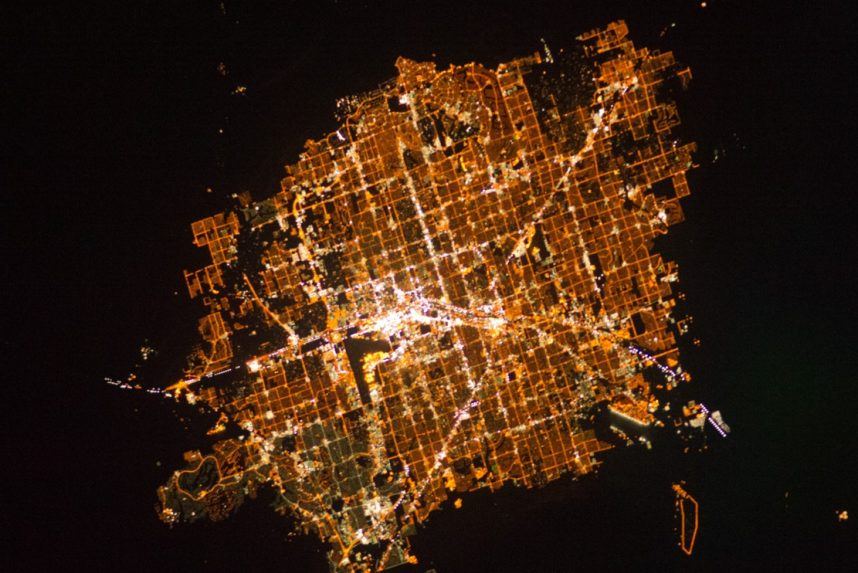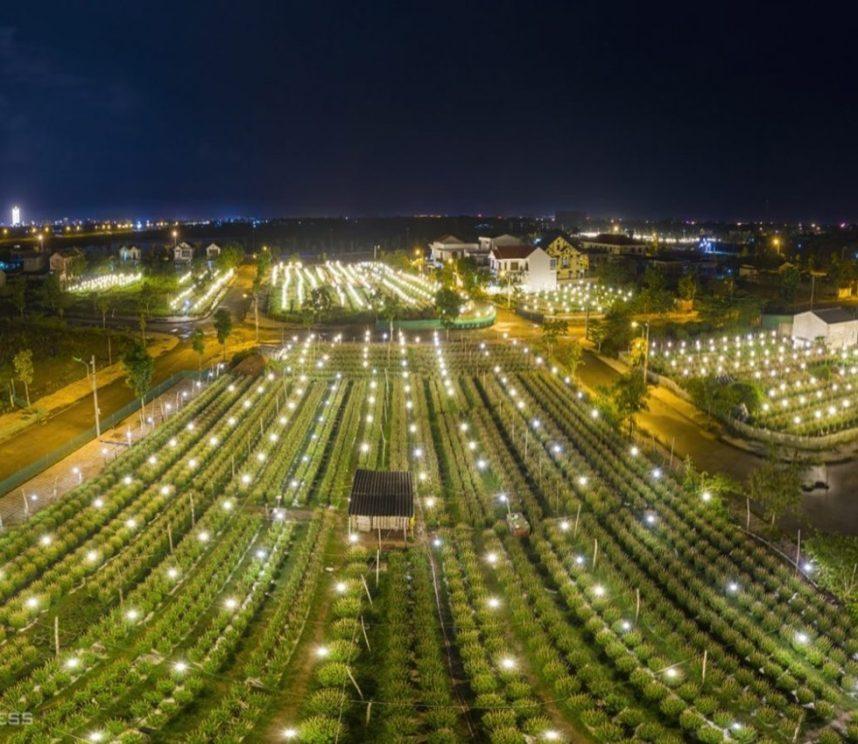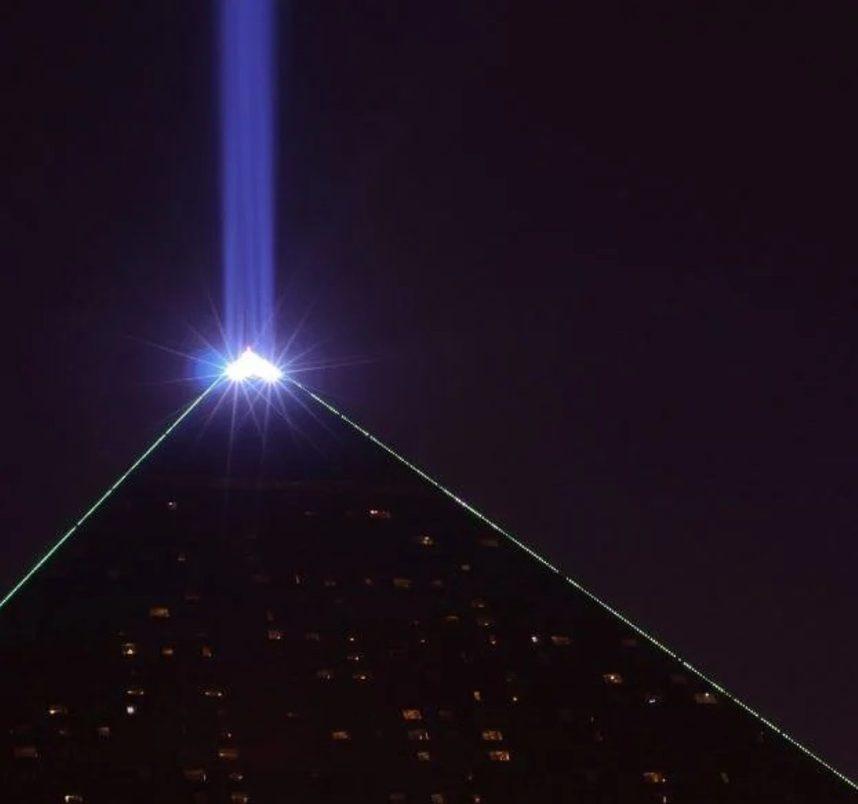
Las Vegas Strip Not Actually Earth's Brightest Place, Vietnamese Dragon Fruit Fields Take the Crown
The Las Vegas Strip, long believed to be Earth's brightest spot, actually isn't. Recent analysis using NASA and NOAA satellite data reveals several locations that outshine Vegas's famous boulevard.
A comprehensive study using lightpollutionmap.info's data showed that the Chau Thanh district in Vietnam is actually 37% brighter than the Strip, producing 335 nanowatts per square centimeter compared to the Strip's 245.

Vegas strip glowing at night
The source of Chau Thanh's brilliance comes from vast illuminated dragon fruit fields, which are so bright they've become a tourist attraction. Local travel agencies even offer nocturnal tours of these dazzling agricultural areas.

Dragon fruit garden lit at night
Even the Luxor's famous sky beam, while impressive, isn't quite what people think. Though it was initially powered by 39 xenon lights producing 42.3 billion candela (equivalent to 42,000 lighthouses), it was dimmed by half in 2008 to save energy. Despite still being considered the world's brightest single light at around 21 billion candela, it's not actually visible from space as commonly believed.

Luxor pyramid light beam at night
Other cities potentially vying for the title of Earth's brightest location include Hong Kong, Moscow, and Riyadh, though comprehensive measurements comparing these locations haven't been conducted. What we can say with certainty is that the Las Vegas Strip, while spectacular, isn't Earth's brightest spot.
Related Articles

What Makes Online Slot Tournaments So Exciting and Thrilling?

